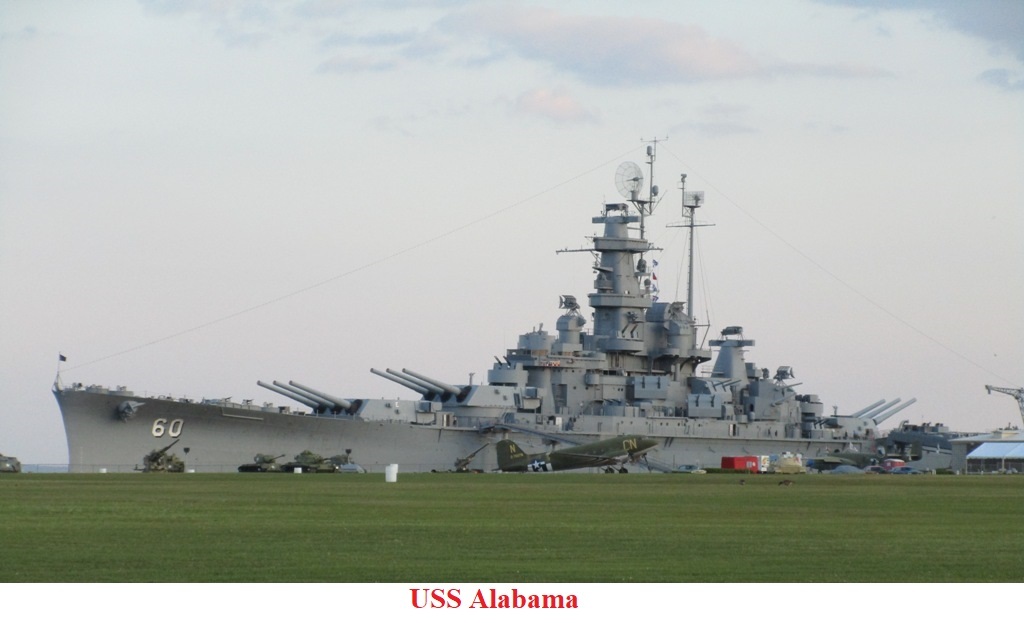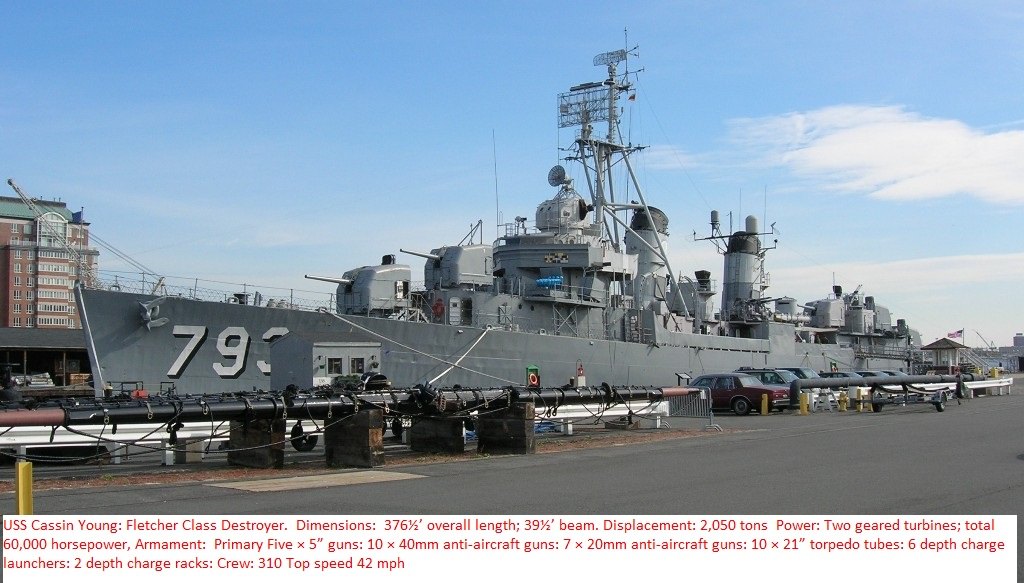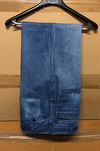CapnMac
Member
It wound up much more complicated than that.That was a problem with the Zumwalts. Shore bombardment was obsolete and the ammo for the small number of ships was too expensive.
Turns out that non-precision shore bombardment could be a very good thing in case an opposed amphibious landing was wanted. (It's also has utility for unopposed landings once those are discovered and responded to.)
Problem being that hitting the shore line (and inshore targets) is different than hitting ship-sized targets at range. The goal, from around 1905 or so in ship v. ship gunnery, was to get all the rounds into an ellipse about twice as long and twice as wide as the target vessel(s). Ideally you wanted 50% to hit in the exact dimensions. The ship designers then coped with all the compromises to make the ships tough enough to endure such a slugfest while maneuvering and getting their own "licks" in. This gets to be a complicated, four dimensional calculus on how to lay the guns and discharge them. ( A single nautical mile is about 2.5 seconds at 2500fps mv.)
So, it;s one thing to lay off the coast and bring up ships with 8" or 16" rifles and blast away. The Mk 15 8"/55 could reach out 15 miles with 300# shells. So, you could put a Des Moines class cruiser five miles off shore and get rounds inshore ten more miles, terrain permitting. The 20 mile range of a 16"50 rifle gives you another five miles' reach. But, for various reasons, we let all the "big gun ships" become either museums or razor blades. Which leaves our Navy with only the 5"/54 in its various forms through the Fleet.
Now, the Mk 45 5"/54 is a spiffy bit of kit. Right around a 12 mile range, and a speedy turn of speed cranking rounds out. But, at five miles offshore, you are only really getting about five miles inshore, and that's terrain permitting (from the rather "flat" trajectory of the rifle, handy for sea surface targets).
The problem of late being that five miles is considered "close inshore" any more. A missile at 500mph covers a bit more than eight miles in a minute, which is not a lot of detection time while busy raining shells down on shore targets.
So, the Zummwalts were meant to capitalize on the millions (and millions and millions) spent on rail gun/linear accelerator weapons. Which have fascinating performance. The problem being that the stresses on the payload used are an entire order of magnitude greater than equivalent conventional artillery rounds. So, they wound up super spendy. (It did not help that they were expected to be 'multi-mission' warheads). So, "economy of scale" was required to "pay for" the ammo for the Zummies. So, they needed to build around three dozen to justify buying enough ammo for them.
But, when they went to test the weapons & warheads the results were not stellar. More than one report compared the success to that of the Gyrojet pistol. There were some problems with the sea-keeping of the Zummies, too. So, they reduced the order to around 10. That, then made the ammo some ridiculous price, like around US$10 million per each (or about the cost of 6-8 Tomahawk cruise missiles per each). Which then cancelled the ammo order, which is what saw the Zummwalt program reduced to the three ships actually laid down.









